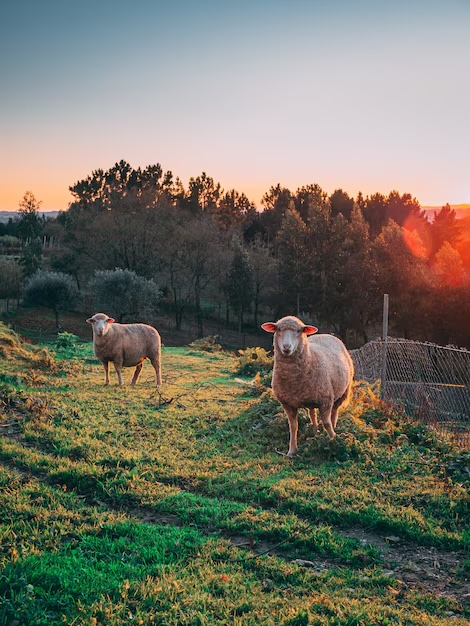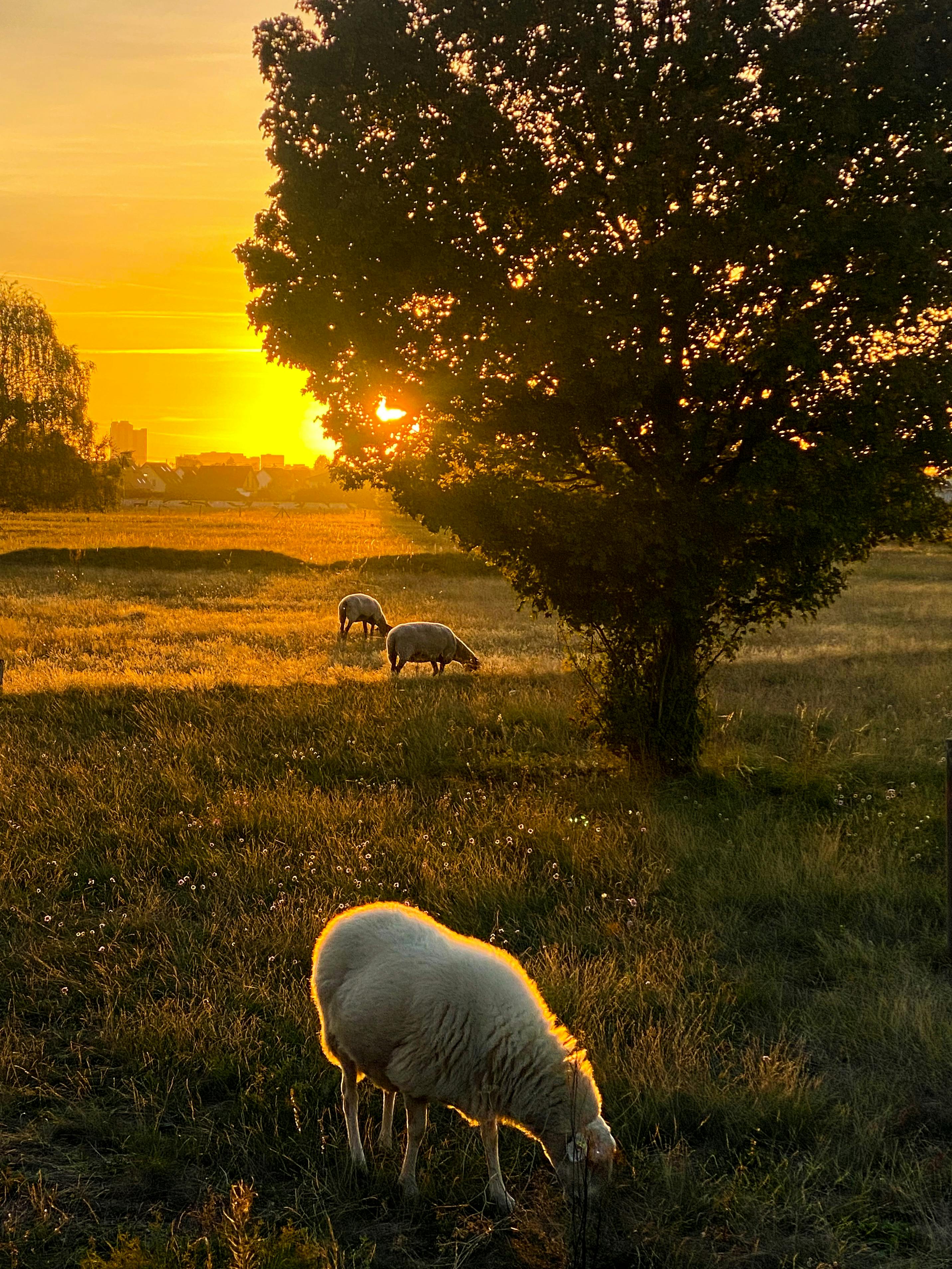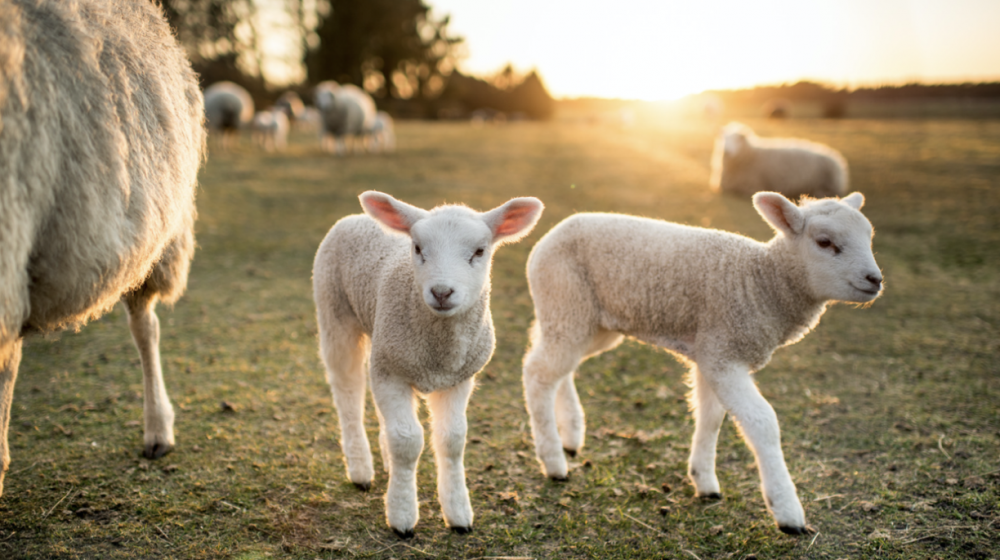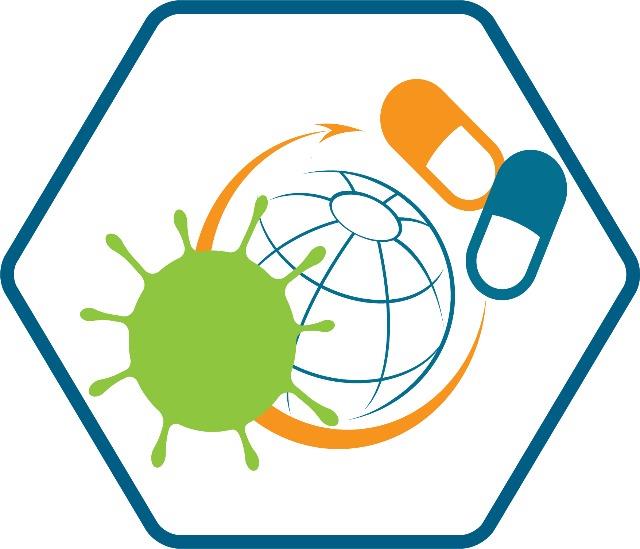WeCAHN Small Ruminants Network
Membership of the WeCAHN small ruminants experts network includes veterinary practitioners, laboratory diagnosticians, veterinary college researchers, and provincial ministry staff including veterinary epidemiologists.
Latest WeCAHN Small Ruminant Network Reports
READ MORE
Influenza of avian origin (H5N1) has been detected in a sheep in England. The case was identified following routine surveillance of farmed livestock on a premises in Yorkshire where highly pathogenic avian influenza (H5N1) had been confirmed in other captive birds. The ewe tested positive for H5 antibodies in the blood, and her milk was positive for H5 RNA by polymerase chain reaction (PCR). The ewe had been showing clinical signs of mastitis.
For more information LINK
Information from USDA on H5N1 for small ruminant stakeholders
The USDA provides information on highly pathogenic avian influenza to address concerns and questions specific to small ruminant and camelid stakeholders.
For more information LINK
Cache Valley Virus


Cache Valley virus (CVV) cases have been reported across the prairies late 2024 to early 2025 and discussed at the recent WeCAHN small ruminants network meeting.
For more information:
Read the Summary
Read the Report
General Information Document
CVV is a mosquito-borne virus detected throughout North America, Central Amera, and parts of South America. The virus can be detected in sheep, goats, horses, and other animals including humans, but it is carried and spread only by mosquitos. This WeCAHN document provides an overview of CVV in sheep and goats, including clinical signs, diagnosis, and prevention.
LINK
Article: Cache Valley virus scoping review of the global evidence
This scoping review was conducted to identify, characterize and summarize research on CVV, and to identify research gaps.
Findings highlight that CVV circulates in mosquito and animal species across a large area of the Americas. Small ruminants are the only animals in which CVV‐associated clinical disease has been extensively studied. It is likely that human cases are under‐reported or misdiagnosed. Future research should focus on the impact of CVV infection, in human and animal populations.
LINK
Article: Seroprevalence of Cache Valley virus and related viruses in sheep and other livestock from Saskatchewan Canada
These results suggest widespread exposure to Cache Valley virus or closely related viruses, in domestic animals and mule deer in Saskatchewan.
LINK
Article: Ecology and Geography of Cache Valley virus assessed using ecological niche modeling
CVV has a continental-level, widespread transmission potential. Large areas of North Amera have suitable climate, vectors, and hosts for CVV emergence, establishment, and spread.
LINK
Article: A Scoping Review on the Epidemiology of Orthobunyaviruses of Canadian Public and Animal Health Relevance in the Context of Vector Species
This review describes the current state of knowledge on the epidemiology of orthobunyaviruses relevant to Canada related to vector species, including viral competency, geospatial distributions, seasonal trends, and risk factors.
LINK
Article: A Scoping Review on the Epidemiology of Orthobunyaviruses in Canada, in the Context of Human, Wildlife, and Domestic Animal Host Species
This review describes the current state of knowledge on orthobunyavirus epidemiology in Canada focusing on host species, including spatiotemporal patterns, risk factors, and climate change impact.
LINK
Article: Cache a Killer: Cache Valley virus seropositivity and associated farm management risk factors in sheep in Ontario, Canada
CVV seroprevalence was 33.2% in individual ewes. Sixteen of the eighteen flocks (88.9%) had at least one CVV seropositive ewe. Increased age, smaller flock size, and sheep housing near wetlands, lakes, or ponds were found to be significantly associated with higher odds of CVV seropositivity. Findings are valuable in guiding breeding practices and housing during mosquito season to minimize infection and ultimately, CVV disease in the flock.
LINK
CVV Resources from the Ontario Animal Health Network (OAHN)
The OAHN shares additional CVV resources on their small ruminant network page under "Small Ruminant Abortion Information and Resources".
LINK
Zoonosis Risks and Lambing Season
In the heat of the moment it's easy to forget the potential human risks around helping with lambing. Intervening in a ruminant (cattle/sheep/goat) birthing may mean you are unknowingly exposed to animal pathogens which can produce life-changing human infections, such as Coxeilla burnetii, the bacterium causing Q fever. WeCAHN has information to help you protect yourself and family members from zoonotic diseases.
Zoonotic diseases in small ruminants: WeCAHN podcast
Dr. Fabienne Uehlinger, an Associate Professor in the Department of Large Animal Clinical Sciences at the University of Saskatchewan, provides an update covering diseases of small ruminants that can be spread to people (zoonotic diseases). These diseases and their clinical signs should be on the radar for anyone working regularly with sheep or goats - producers and veterinarians alike.
Listen here.

Handbook for the Control of Internal Parasites in Sheep and Goats LINK
A comprehensive manual describing diagnosis, management and control of internal parasites in sheep and goats.
General principles of parasite control:
General management (American Consortium for Small Ruminant Parasite Control (ACSRPC)) LINK
Nutritional effects on parasites (ACSRPC) LINK
Parasite biology impacts control (ACSRPC) LINK
Pasture management (ACSRPC) LINK
Periparturient egg rise (ACSRPC) LINK
Fecal egg count (Infographic) (ACSRPC) LINK
Treatment and control principles
Famacha Eye Anemia System (Infographic) (ACSRPC) LINK
Proper use of de-wormers (ACSRPC) LINK
Managing de-wormer resistance (ACSRPC) LINK
On-farm selection for resistance to parasites (ACSRPC) LINK
Targeted selective treatment Combination treatments (ACSRPC) LINK
Combination treatments (Infographic) LINK
Coccidia
Management of coccidia (ACSRPC) LINK
Omnipresent coccidia (Infographic) (ACSRPC) LINK
Additional information
Gilleard Lab University of Calgary
American Consortium for Small Ruminant Parasite Control LINK

What's new in the information library
READ MORE
Latest additions to WeCAHN small ruminant surveillance projects and programs library
READ MORE
Following are collections of documents from the WeCAHN information library in the areas of small ruminant emerging issues, infographics and short summaries, and international small ruminant surveillance and research.
Visitors using older browsers please note that for each of the following graphics below, hovering underneath the black font text will identify the area (“READ MORE”) to click on, to access the linked web pages.

Emerging issues
Emerging small ruminant health issues such as antimicrobial resistance, emerging diseases, and zoonoses

Infographics and summaries
Infographics and summaries on small ruminant health and surveillance topics

International small ruminant surveillance, research, and foreign animal diseases
Foreign small ruminant diseases, international small ruminant health surveillance, and research